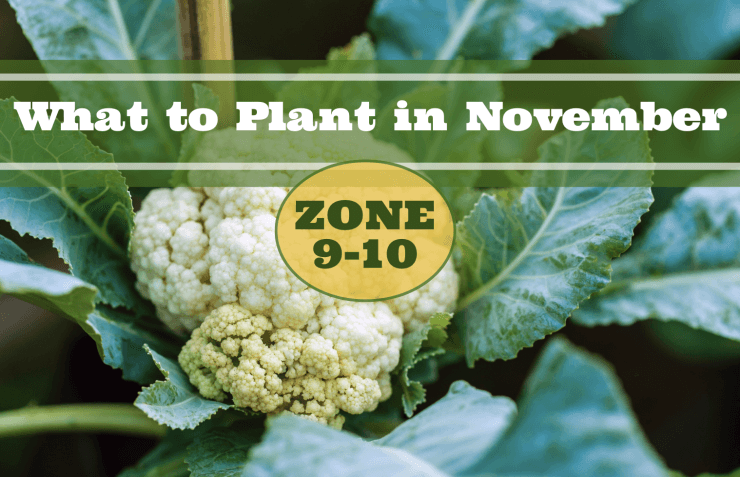
While much of the country is battening down the hatches for winter, these USDA zones 9-10 are gearing up for another round of planting, much like early spring in the cooler zones! So in places like southern Florida, the Texas Gulf Coast, and parts of Arizona and California, November isn’t the end of the growing season – it’s a second spring.
The climate in these zones during November is nothing short of ideal for gardening. Average daytime temperatures typically range between 65°F and 80°F (18°C to 27°C), with nighttime lows usually staying above 50°F (10°C). This temperature range creates perfect conditions for both cool-season crops and the tail end of warm-season harvests.
Here’s an interesting fact: the extended growing season in zones 9-10 is due to the high number of “growing degree days” (GDD) these areas accumulate. GDD is a measure of heat accumulation used to predict plant development rates. Zones 9-10 often accumulate over 4,000 GDD annually, compared to less than 2,000 in northern states. This extra heat acts like a turbo-boost for plant growth.
November isn’t just about planting in these zones – it’s also harvest time. While gardeners in cooler regions are relying on root cellars and canned goods, zones 9-10 are still producing fresh tomatoes, peppers, and eggplants. Cool-season greens are thriving, and citrus fruits like oranges and grapefruits are starting to ripen. Year-round tropical fruits such as papayas, bananas, and passion fruit continue their steady production, oblivious to the changing seasons elsewhere.
For gardeners in these warm zones, November offers a cornucopia of planting possibilities. From leafy greens that thrive in the milder temperatures to root vegetables that will be ready for spring harvest, the options are diverse and plentiful.
The following list includes 10 vegetables, fruits, and herbs that thrive when planted in November in zones 9-10. Additionally, it covers some crucial fall garden tasks to ensure a successful growing season. In these zones, November isn’t about winding down – it’s about ramping up for another season of growth!

1. Broccoli
Who says you can’t have your greens and eat them too? November is prime time for planting broccoli in warm zones 9-10. These cool-season beauties love mild winter temperatures. Try fast-maturing varieties like ‘Green Magic’ or ‘Calabrese’ for quicker results. Plant seedlings 18-24 inches apart in well-draining soil. Keep the soil consistently moist, and in about 60-70 days, you’ll be enjoying homegrown broccoli florets that’ll make your northern friends green with envy.
Learn more about growing broccoli in our Broccoli Gardening Guide.
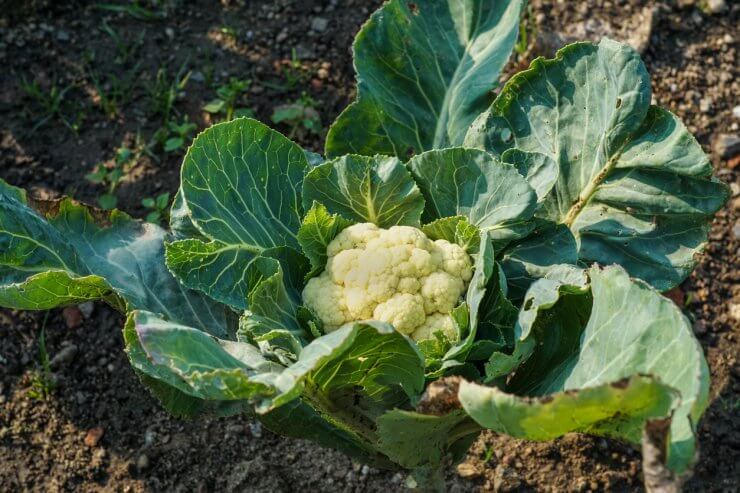
2. Cauliflower
Cauliflower, broccoli’s cousin, isn’t the only brassica that loves November weather in zones 9-10. These white (or purple, or orange – let’s get crazy!) heads thrive in mild winters. Try heat-tolerant varieties like ‘Snow Crown’ or ‘Cheddar’ for best results. Plant seedlings 18-24 inches apart, and keep them well-watered. In about 75-85 days, you’ll be harvesting cauliflower that’s so fresh, it’ll make store-bought look downright sad.
Learn more about growing cauliflower in our Cauliflower Gardening Guide.
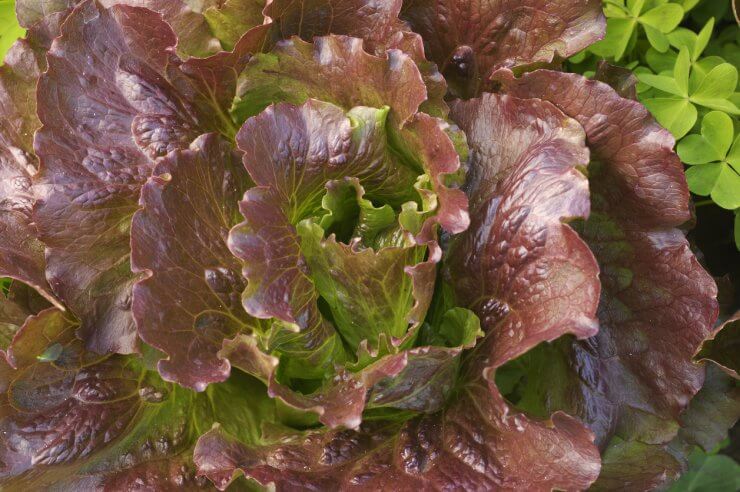
3. Lettuce
While the rest of the country is saying goodbye to salad season, you’re just getting started! November’s cooler temperatures in zones 9-10 are perfect for lettuce, which tends to bolt faster than a cat in a dog park during hot summers. Try heat-tolerant varieties like ‘Black Seeded Simpson’ or ‘Red Sails’ for best results. Sow seeds directly in the garden or start them in containers. Provide some afternoon shade if temperatures spike, and you’ll be tossing fresh salads before you know it.
Learn more about growing these greens in our Lettuce Gardening Guide.
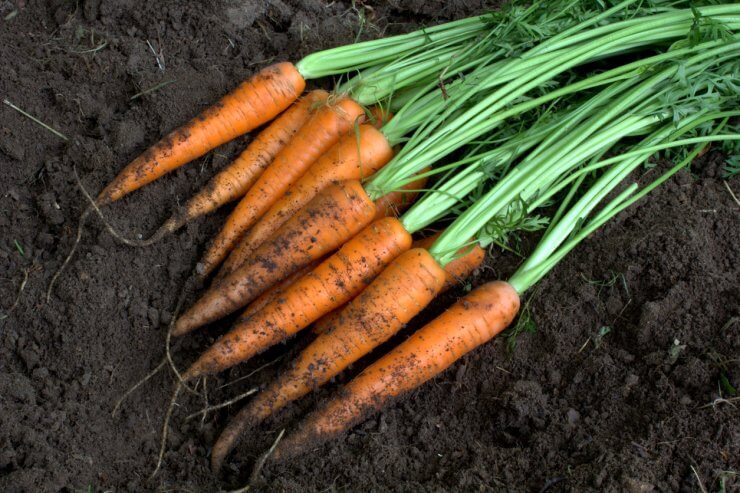
4. Carrots
November-planted carrots will reward you with sweet, crunchy roots in late winter or early spring. ‘Danvers’, ‘Nantes’, and ‘Chantenay’ are all great choices for zones 9-10. Sow seeds directly in the garden, planting them about 1/4 inch deep and 2 inches apart. Keep the soil consistently moist until germination – consider covering the bed with burlap to help retain moisture. Thin seedlings to 4 inches apart once they’re a few inches tall, and get ready for a rainbow of root veggies in a few months!
Learn more about carrots in our Carrots Gardening Guide.
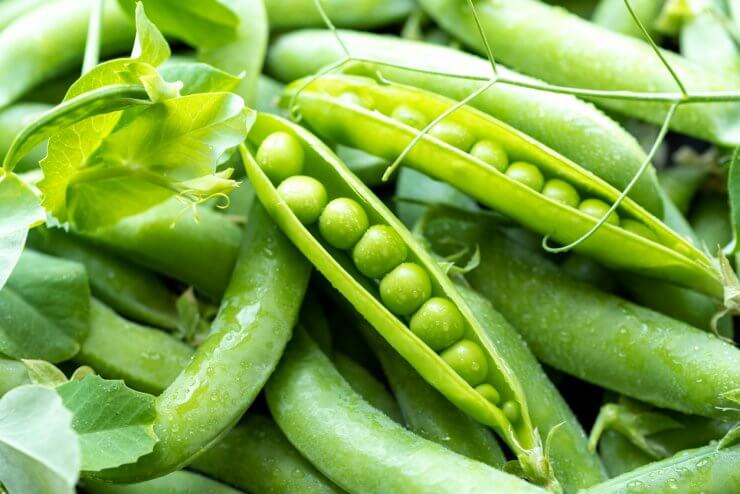
5. Peas
Believe it or not, November is perfect for peas in zones 9-10. These cool-season climbers love mild winters. Try ‘Sugar Snap’ for edible pods or ‘Little Marvel’ for traditional shelling peas. Sow seeds directly in the garden, about 1 inch deep and 2 inches apart. Provide a trellis or support for these eager climbers, and keep the soil consistently moist. In about 60 days, you’ll be enjoying the sweetest peas you’ve ever tasted!
Learn more about growing peas in our Peas Gardening Guide.

6. Radishes
For impatient gardeners (no judgment here!), radishes are your best friend. These spicy little orbs mature in just 3-4 weeks! Try classic varieties like ‘Cherry Belle’ or spice things up with the elongated ‘French Breakfast’. Sow seeds directly in the garden, about 1/2 inch deep and 1 inch apart. Keep the soil moist, and thin seedlings to 2 inches apart once they sprout. Before you know it, you’ll be adding crisp, homegrown radishes to your salads and sandwiches.
Learn more about radishes in our Radishes Gardening Guide.
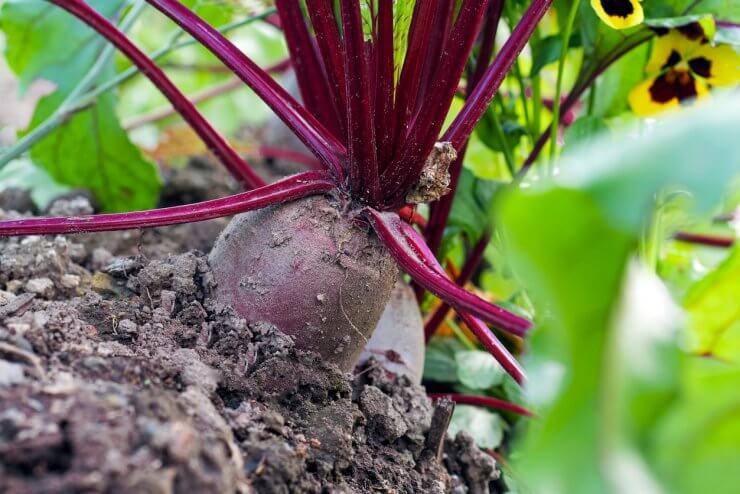
7. Beets
These earthy gems are perfect for November planting in zones 9-10. Not only do you get tasty roots, but the greens are delicious too – it’s like nature’s two-for-one deal! Try ‘Detroit Dark Red’ for a classic beet or ‘Chioggia’ for a fun striped variety. Sow seeds directly in the garden, about 1/2 inch deep and 1 inch apart. Keep the soil moist until germination, and thin seedlings to 3-4 inches apart. In about 50-60 days, you’ll be roasting, pickling, or juicing your very own beets!
Learn more about beets in our Beets Gardening Guide.
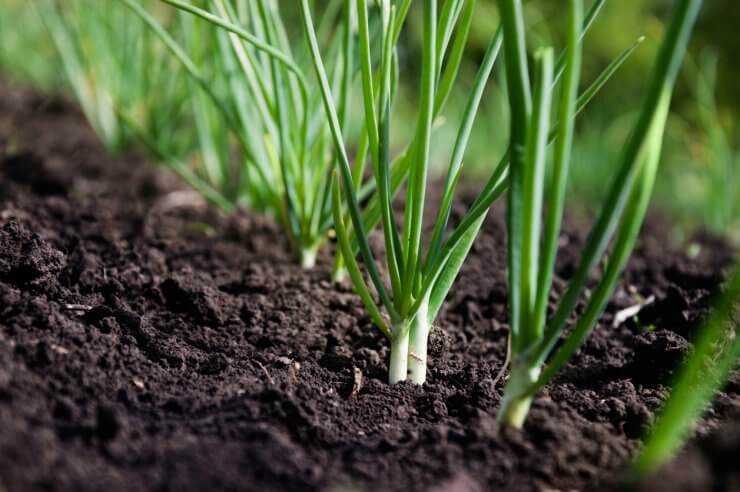
8. Onions
November is ideal for planting onion sets in zones 9-10. These kitchen staples will develop strong roots over winter and be ready for harvest in late spring or early summer. Try ‘Yellow Granex’ for a sweet Vidalia-type onion or ‘Red Creole’ for a more pungent variety. Plant sets about 1 inch deep and 4-6 inches apart. Keep the soil consistently moist but not waterlogged, and by next summer, you’ll be wondering what to do with all your homegrown onions!
Learn more about growing onions in our Onions Gardening Guide.
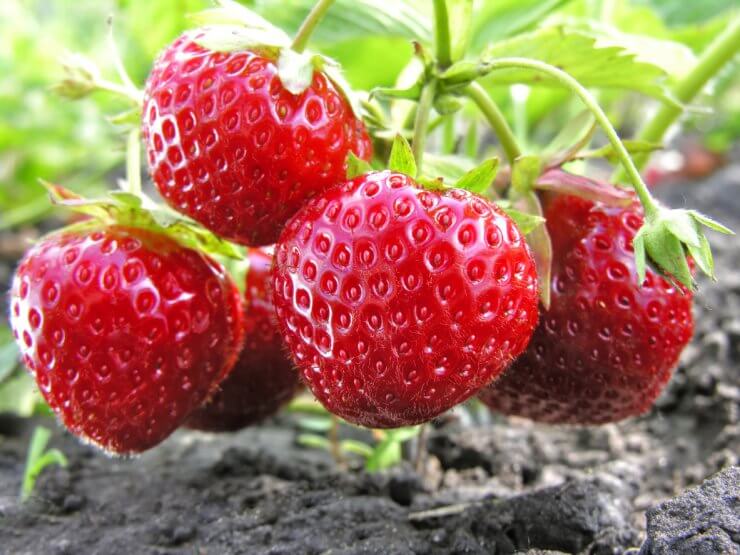
9. Strawberries
While not typically thought of as a winter crop, November is an ideal time to plant strawberries in zones 9-10. Plant bare-root crowns or seedlings, spacing them about 12 inches apart. Choose ever-bearing varieties like ‘Quinault’ or ‘Seascape’ for a longer harvest season. Keep the soil consistently moist and mulch well to protect the shallow roots. By spring, you’ll be the envy of the neighborhood with your homegrown strawberries!
Learn more about growing strawberries in our Strawberries Gardening Guide.
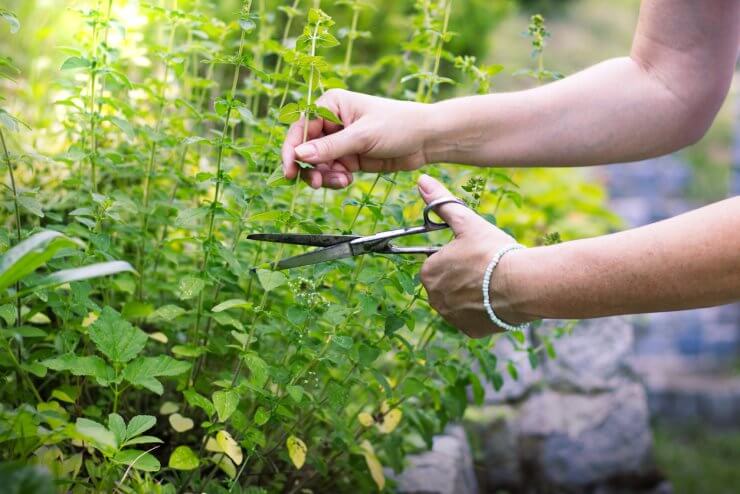
10. Herbs (Cilantro, Dill, Parsley)
November is a great time to start a winter herb garden in zones 9-10. Cilantro, dill, and parsley all thrive in mild winter temperatures. Sow seeds directly in the garden or in containers, keeping the soil consistently moist until germination. For cilantro, try the slow-bolting ‘Santo’ variety. ‘Bouquet’ dill offers both flavorful leaves and seeds. And for parsley, ‘Giant of Italy’ is a robust flat-leaf variety perfect for your climate. With a little care, you’ll have fresh herbs all winter long!
Planting Fruit Trees / Plants in November in Zones 9-10
- Citrus trees: Lemons, limes, oranges, and grapefruits all love your climate and establish well when planted in fall.
- Stone fruits: Low-chill varieties of peaches, plums, and nectarines can be planted now.
- Figs: These Mediterranean natives thrive in your warm climate and can be planted in November.
- Persimmons: Both American and Asian varieties do well when planted this time of year.
- Pomegranates: These antioxidant-rich fruits love your hot summers and mild winters.
- Avocados: Both Mexican and Guatemalan varieties benefit from fall planting in zones 9-10.
- Loquats: These lesser-known fruits produce sweet, tangy fruits and attractive evergreen foliage.
November Garden Chores for Zones 9-10
- Adjust irrigation as temperatures cool, reducing frequency but increasing duration to encourage deeper root growth.
- Apply a fresh layer of organic mulch to retain moisture and regulate soil temperature.
- While frost is rare, have frost cloth or old bedsheets ready to protect sensitive plants just in case.
- Clean up fallen fruit and leaves to prevent pest and disease issues.
- Start a compost pile with all those garden trimmings – your soil will thank you come spring!
- In any bare spots, sow cover crops like clover or vetch to improve soil health.
- Give your perennial herbs a light trim to encourage bushier growth.
- Fertilize citrus trees to support fruit development.
- Keep an eye out for pests and treat as necessary – they don’t take winter vacations!
- Plant wildflower seeds for spring blooms that’ll make pollinators and neighbors alike swoon.
So there you have it. November in zones 9-10 isn’t about winding down; it’s about gearing up for another season of garden goodness. While your northern friends are hanging up their gardening gloves, you’re just getting warmed up (or should I say, cooled down?).
Now, I’d love to hear from you. What are you planning to plant this November? Any tried-and-true varieties that thrive in your eternal growing season? Or maybe you have a secret trick for keeping pests at bay when they refuse to take a winter break? Drop a comment below, and let’s keep this gardening party going. After all, in zones 9-10, every month is gardening month!


 Previous
Previous

